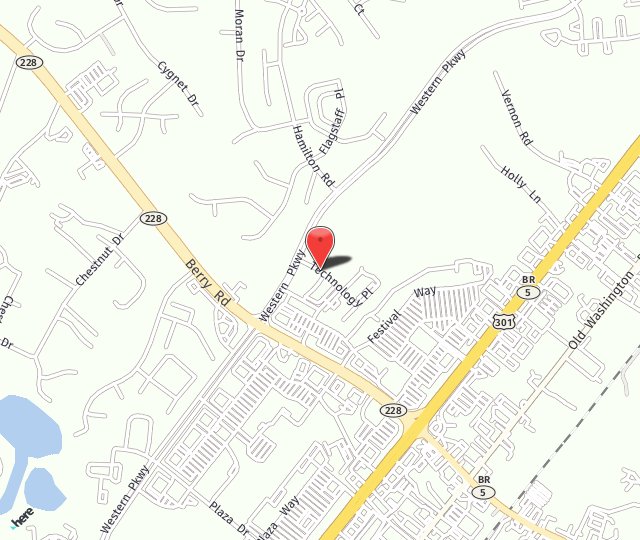
Uterine Fibroids: Types and Treatment Options
Uterine fibroids may cause mild symptoms in some women and severe symptoms in others. It is said that a larger number of women who develop this condition have no symptoms at all. Studies have discovered that the symptoms that women experience typically relate to the type of fibroid they have. Fibroid types are classified based on their location in the uterine wall. For example, subserosal fibroids occur under the outer lining of the uterus and grow through the uterine wall. These growths can cause pelvic pain and back pain. Pelvic pain, back pain, and abnormally heavy menstrual bleeding may result from intramural fibroids that grow within the uterine lining and grow inward. These are the most common fibroid growths. Heavy bleeding and prolonged periods could be caused by submucosal fibroids that grow beneath the uterine lining. Treatment is planned according to the size, location, and severity of the fibroids, as well as medical history. Options for uterine fibroid treatment usually include medication, surgery such as hysterectomy, or non-surgical treatment such as uterine fibroid embolization.
What is Uterine Fibroid Embolization?
The uterine fibroid embolization procedure, known as UFE, is a minimally-invasive outpatient procedure. It is performed with local anesthesia and sedation rather than general anesthesia. Patients are conscious but relaxed and comfortable during the procedure. Embolization is performed through a small nick in the skin, through which the interventional radiologist inserts a tiny catheter. This narrow, hollow tube is progressed to the site of the fibroids and, one by one, cuts off their blood supply by blocking the arteries that feed them. This is done by inserting microscopic granules into the arteries. Without blood supply, the tumors die and get absorbed by the body.
Is Uterine Fibroid Embolization Right for You?
Patients may want to explore this procedure for several reasons. UFE has a very low complication rate and does not require general anesthesia. The uterus is spared during this procedure and there is minimal downtime. Finally, the recurrence rate after UFE is very low.
The Metropolitan Vascular Center in Waldorf, MD provides compassionate care for a variety of venous issues, including uterine fibroids. Contact us at (301) 374-8540 to schedule a consultation.

